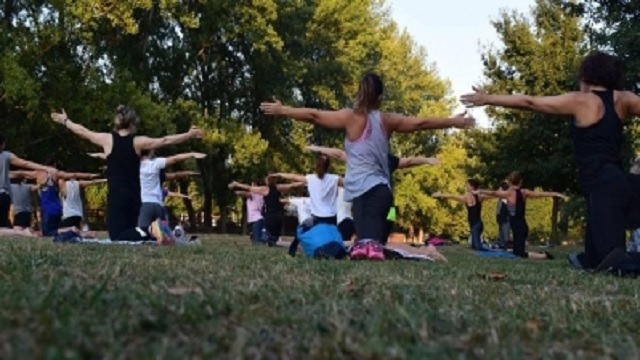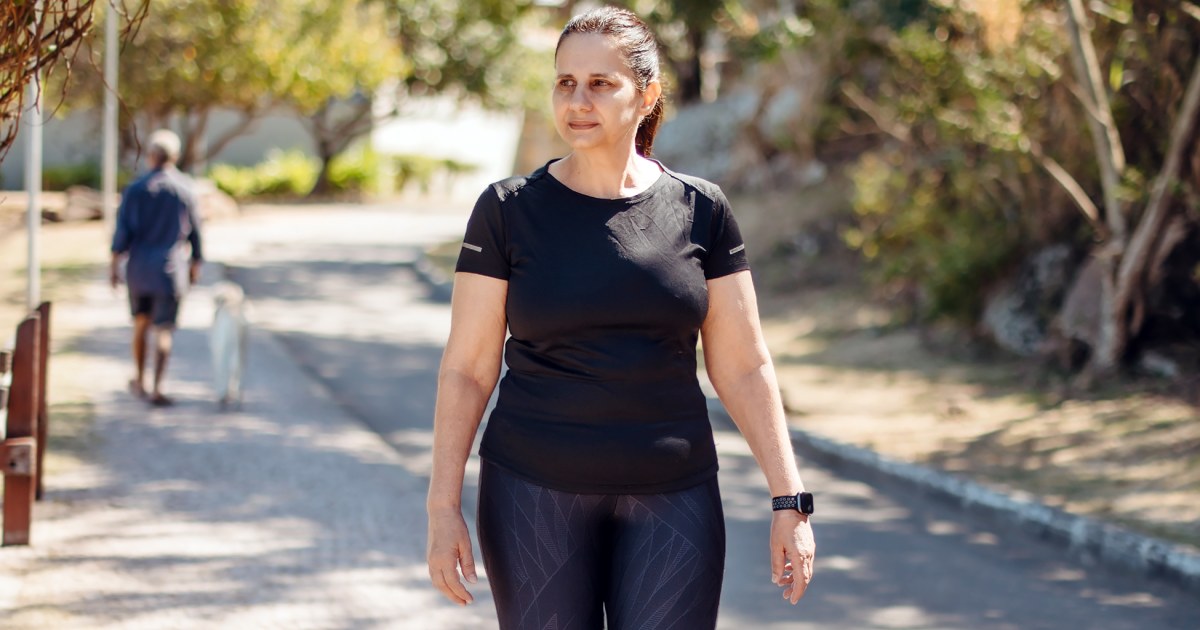The Omicron variant of the coronavirus has caused an avalanche of cases in recent months. While most people who catch the disease have mild symptoms, many report feeling short of breath and sluggish for weeks.
“It’s normal to feel tired after a viral infection, and everyone’s recovery is different,” says Janet Bondarenko, senior respiratory physiotherapist at Alfred Hospital in Melbourne, Australia. “But the severity of your Covid disease does not necessarily predict whether you will have these persistent symptoms.”
The coronavirus can damage various organs, causing ongoing fatigue, says Dr. Robert Newton, professor of exercise medicine at Edith Cowan University. “The cardiorespiratory system cannot efficiently deliver oxygen to working muscles. So what used to be light to moderate intensity activity seems pretty vigorous now.
Sleep and rest help your immune system fight off illness, but getting moving again is essential to prevent your body from weakening again about seven days after the main symptoms disappear, says Newton.
Exercise increases muscle, heart and lung capacity, as well as the number of mitochondria – the energy factories in muscle cells – which counteract the debilitating effects of infection.
Here is a simple guide that can help you get moving again, but specialist advice from your GP or exercise physiologist is recommended before starting any exercise programme.
The course: yoga
There is evidence that practicing yoga and meditation can help improve lung health, reduce viral susceptibility, and speed recovery from acute respiratory infections through their relaxing effects.
“Controlling stress and anxiety is essential for recovery,” says Newton. “It is very important to look at strategies such as meditation, mindfulness and yoga to help the body recover from coronavirus infection.”
In an article published in the Journal of Alternative and Complementary Medicine, the researchers stated that “certain practices of meditation, yoga asana (postures) and pranayama (breathing) may possibly be effective complementary ways to… help reduce the severity of Covid-19 disease, including its collateral effects and sequelae”.
The movement: bodyweight exercise
Newton says incorporating resistance training is crucial to reactivating muscles. He says bodyweight exercises, such as squats and knee pushups, are a good place to start.
As you gain strength, you can start adding light weights to your routine, using milk cartons or a weighted backpack.
Light resistance training triggers the production of hormones and cell signaling molecules such as cytokines that work with the immune system to help the body repair itself.
Activity: walking
According to Bondarenko, the most accessible physical activity to do after a Covid-19 infection is walking. Especially if you can do it on the outside, Newton agrees.
Anyone can easily control the intensity of their walk, they say.
Starting with short, easy walks is ideal, says Bondarenko. Gradually, you can increase the length and pace of your walks as long as it doesn’t tire you too much and make you out of breath.
The difficult pass: do not force yourself
Pushing when you still feel sluggish after Covid-19 won’t speed your recovery, says Bondarenko. “It takes you back a few steps rather than helping.”
She says it’s essential to gradually give yourself extra time to get back to your pre-Covid shape. “Everyone’s recovery is different, but over time, everyone gets back to where they want to be.”
“Use your body as a barometer,” says Newton. “Test your perceived exertion to make sure you’re not pushing the system into overtraining, as this will compromise your recovery.”
 AD Roberts
AD Roberts



